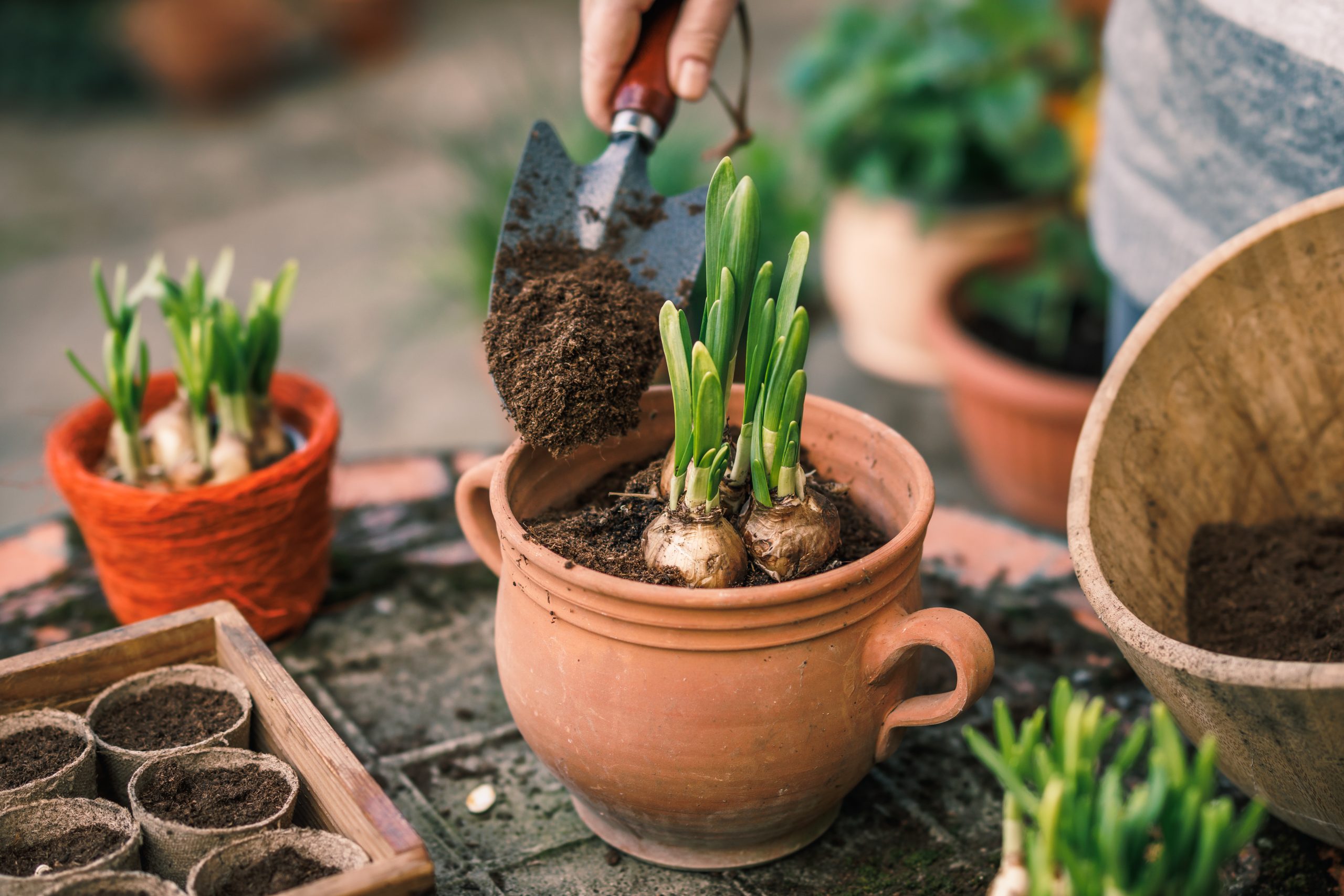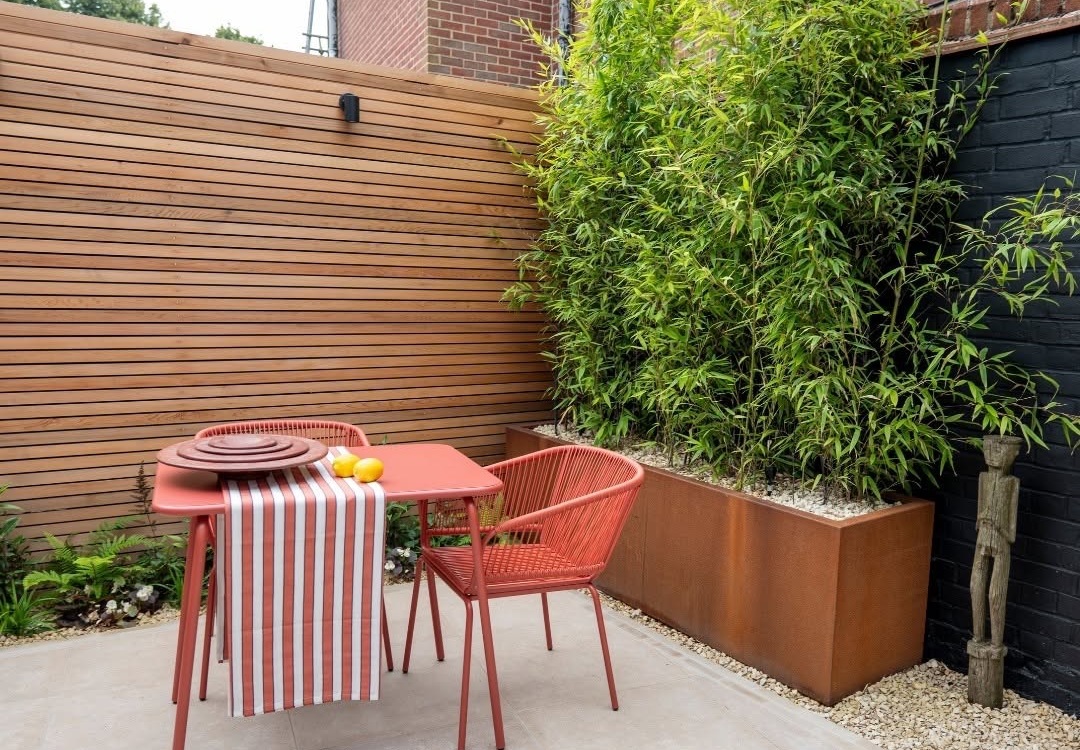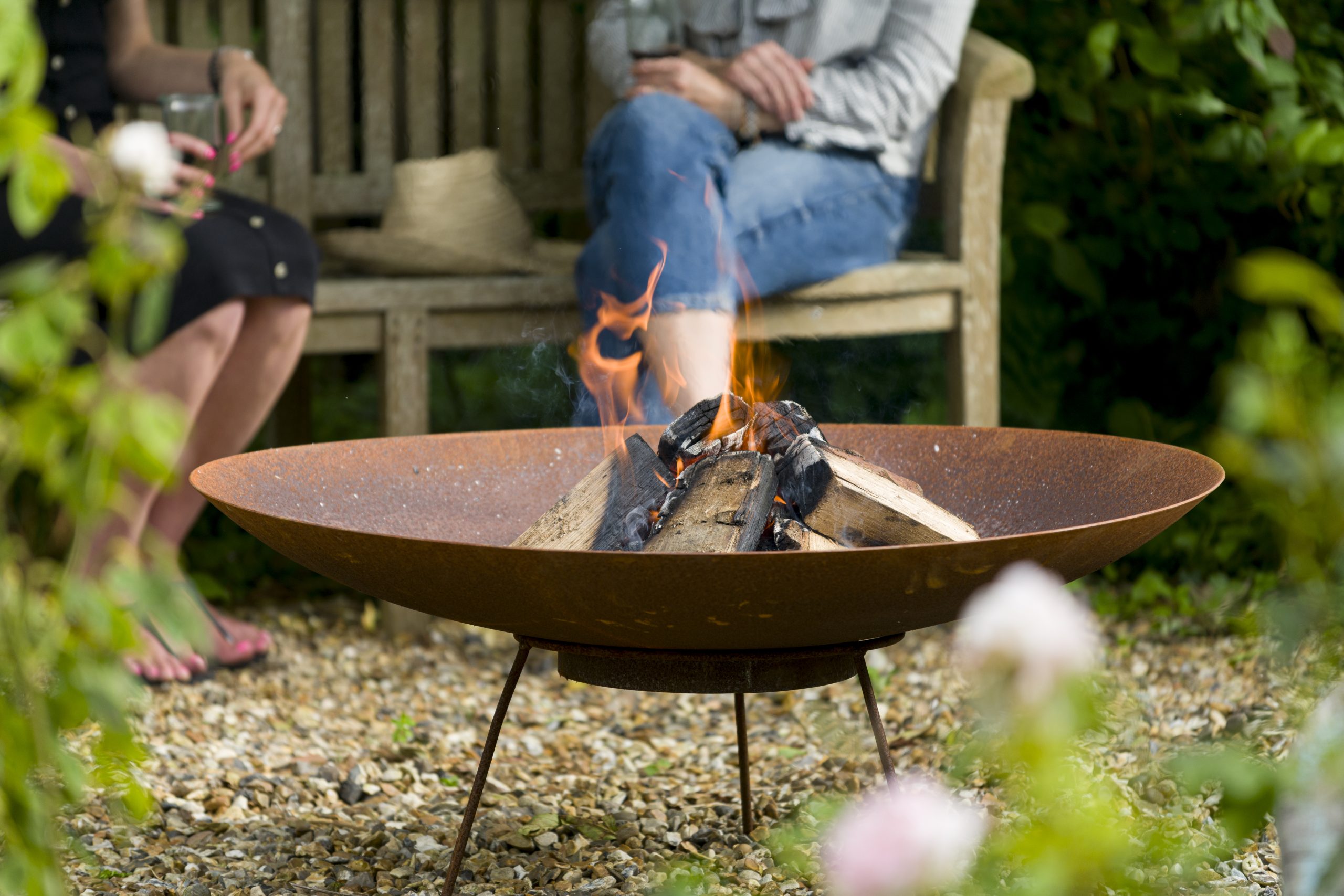Spring Bulb Planting Tips for October
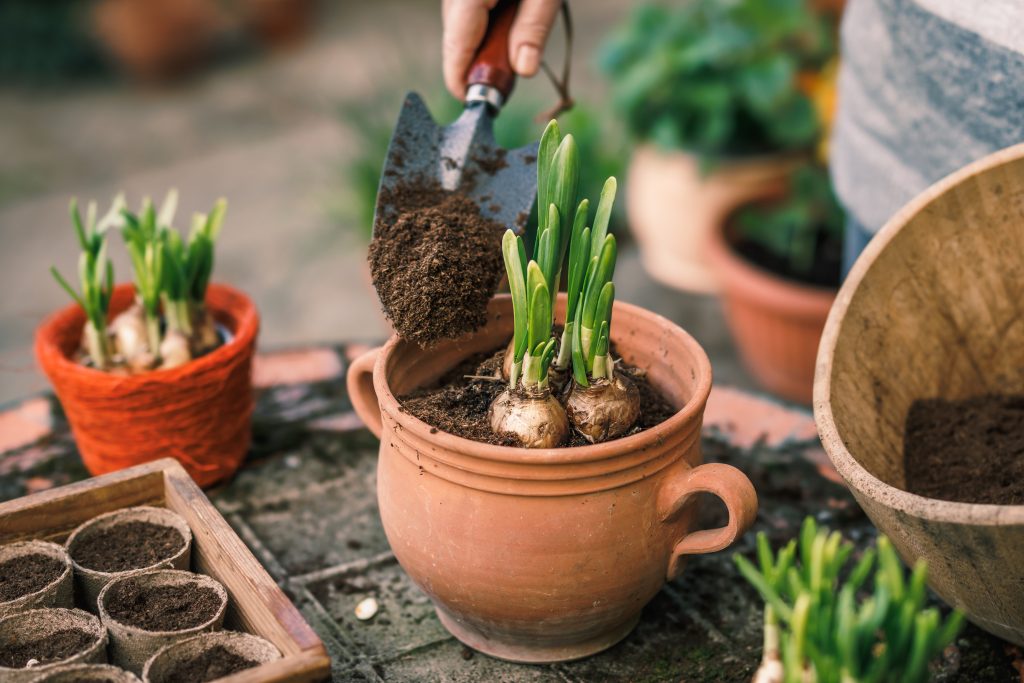
October is the season to plant spring bulbs. Setting them now gives roots time to establish before winter, ensuring reliable colour from the first signs of spring. Bulbs bring life to your borders and planters when little else is in flower. This autumn, we’re here to guide your planting and help you pair your bulbs with our colourful egg pots for an Easter-ready display.
Why Plant Spring Bulbs in Autumn
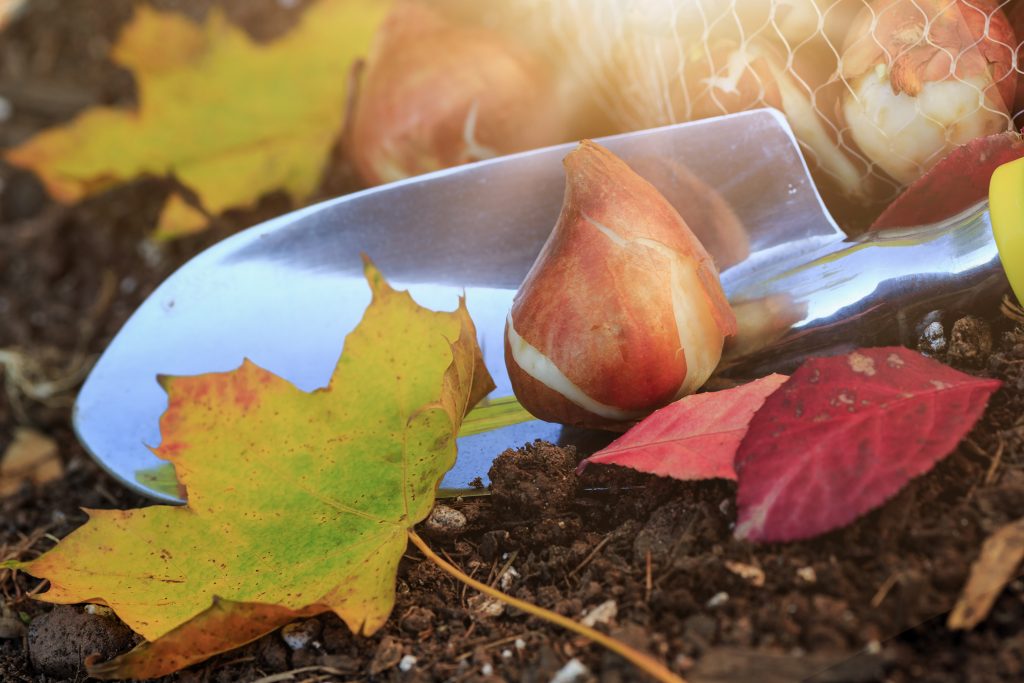
Autumn is the best time to plant spring bulbs because the soil is still warm, giving roots a chance to establish before the cold sets in. This head start means bulbs are ready to push through as soon as days lengthen, often flowering before other plants wake up. Their early colour not only lifts the garden but also provides vital nectar for pollinators emerging from winter.
Most bulbs are reliable and low-maintenance, returning each year, though tulips are best replanted annually for the strongest displays.
Best Bulbs to Plant in October
Planting bulbs in October ensures a long-lasting and colourful spring display. Here are some of the most popular choices for British gardens:
Daffodils
A classic spring flower, daffodils are best planted by the end of October. They thrive in most soils and bring cheerful yellows and whites from early March through April. Plant in clusters for the strongest effect.
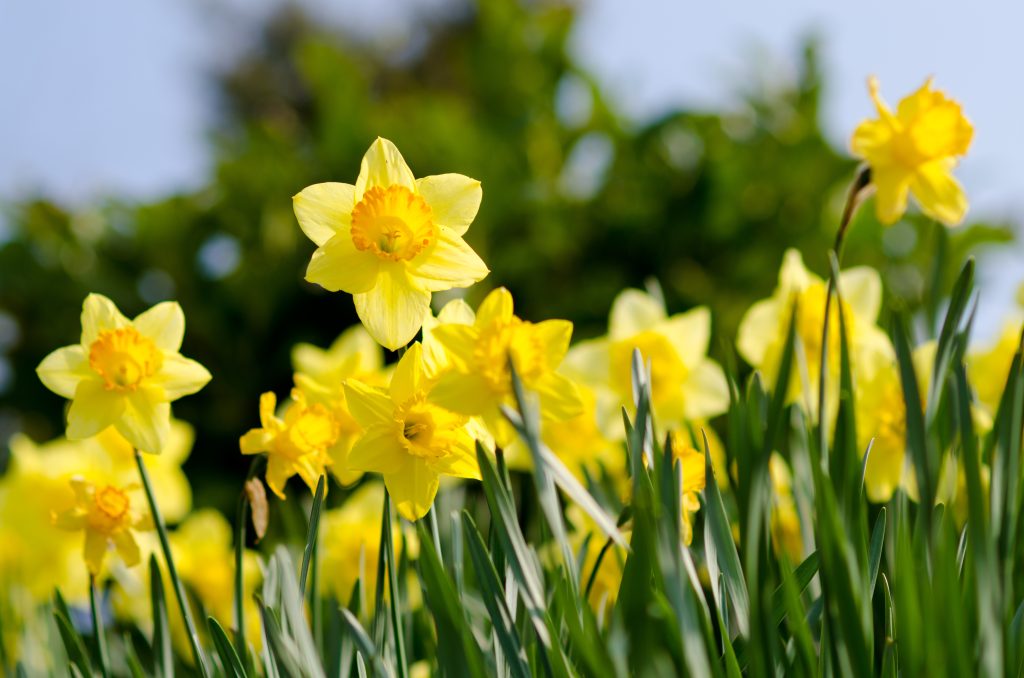
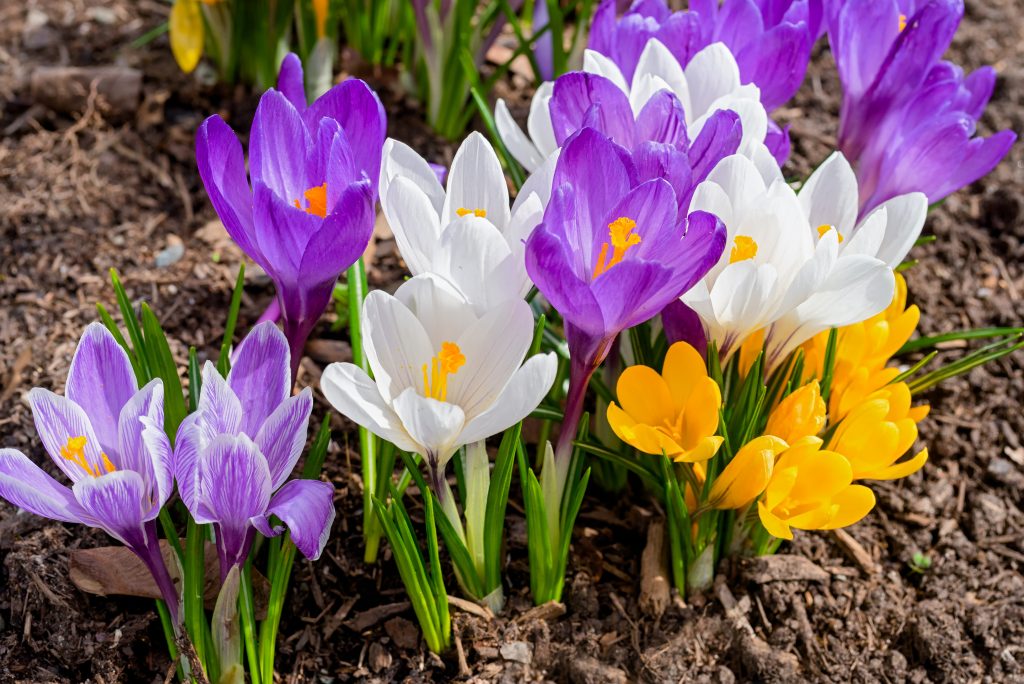
Crocus
One of the first to bloom, crocuses appear in late winter. Their purple, white and yellow petals often emerge through frost or snow, brightening borders and lawns. They’re also excellent for naturalising in grass.
Hyacinths
Known for their strong fragrance, hyacinths flower in March and April. They come in a wide range of colours and are ideal for pots or front borders where their scent can be enjoyed up close.
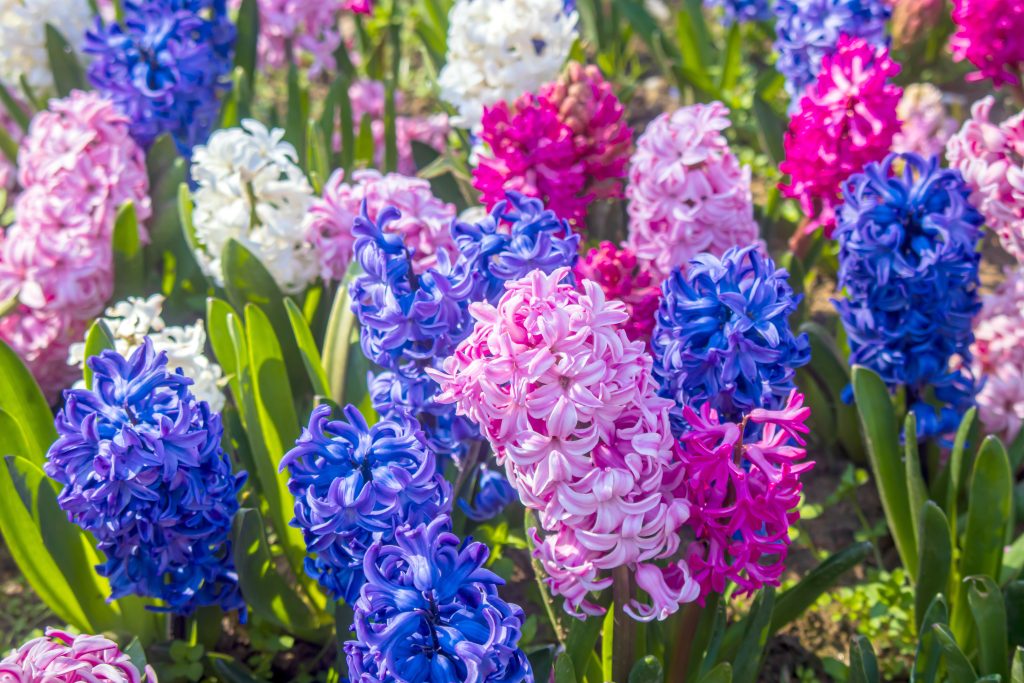
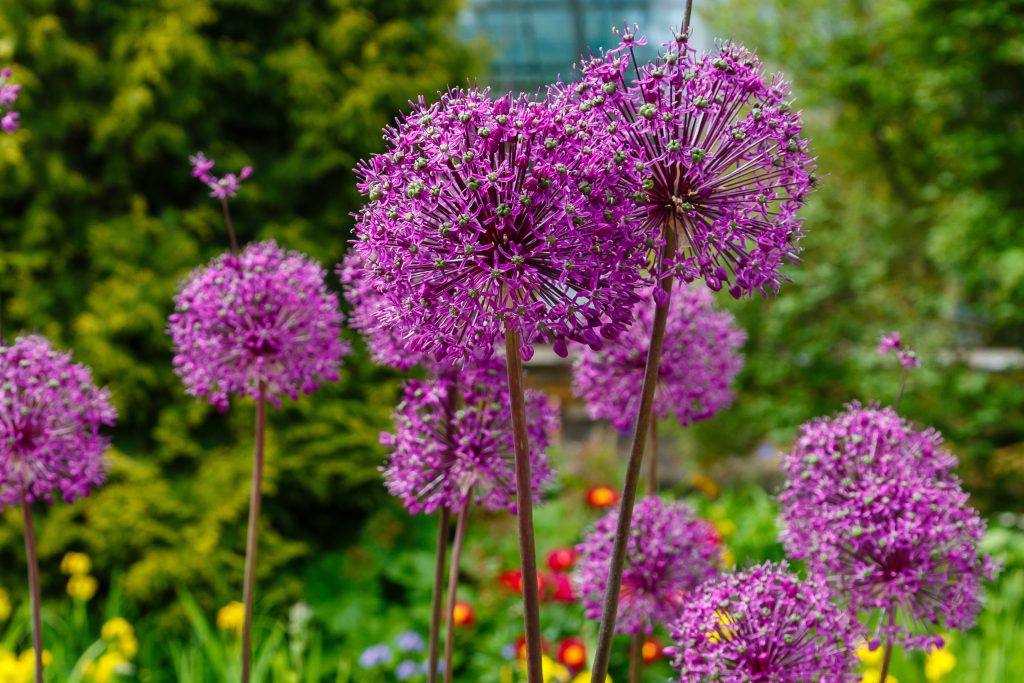
Alliums
These striking globe-headed flowers bloom in late spring, bridging the gap between bulbs and early summer perennials. Alliums like a sunny, well-drained spot and look dramatic in groups or woven through borders.
Planting a mix of these bulbs now will give you a succession of flowers from February to May, ensuring your garden stays vibrant as the seasons shift.
Our Planting Tips & Techniques
Planting bulbs is simple, but a few techniques will help guarantee strong growth and vibrant flowers.
- A useful rule is to plant each bulb at a depth about three times its size. This gives it the stability and insulation it needs through winter. Always position the pointed tip facing upwards.
- For the best effect, plant bulbs in groups rather than individually. Clusters of five or more create a natural look and stronger bursts of colour, while single bulbs risk appearing lost in a border.
- Bulbs need free-draining soil to prevent rot. If you’re working with heavy clay, mix in grit or horticultural sand at planting depth to improve conditions. In containers, use bulb fibre or a mix of multipurpose compost and grit for the same result.
- After flowering, allow the foliage to die back naturally. Cutting or tying leaves too early prevents the bulb from storing energy for the following year. Once leaves yellow and wither, they can be removed.
- When planting, water bulbs once to settle them in, then leave nature to do the rest. Unless the season is unusually dry, they won’t need further watering until growth appears in spring.
With these simple steps, you’ll enjoy reliable colour each and every year.
Growing Bulbs in Pots & Planters
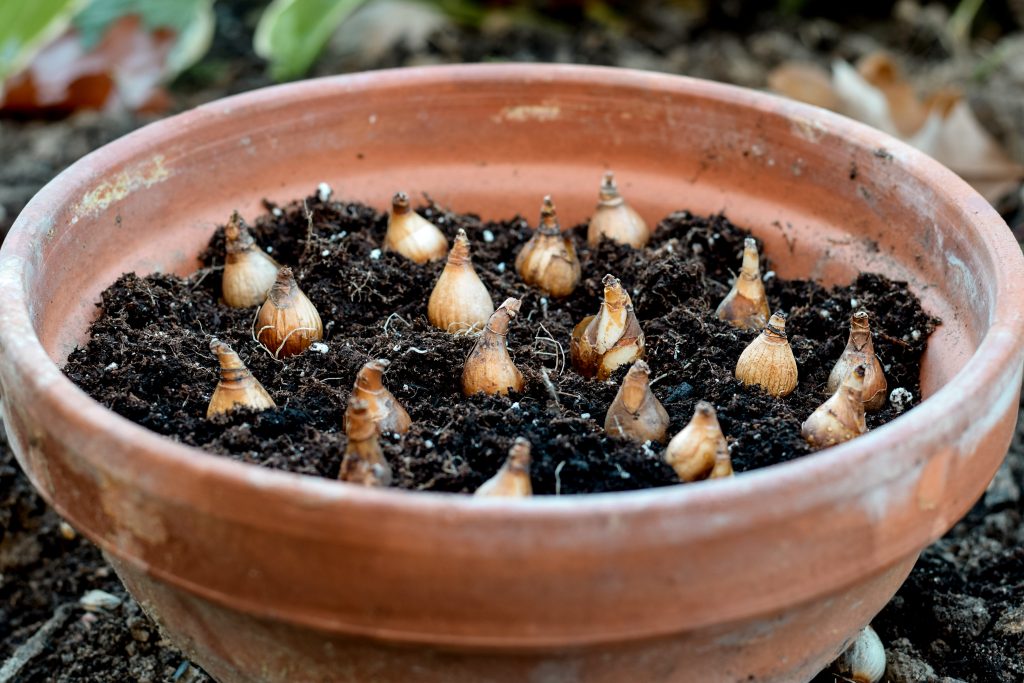
Planting bulbs in pots and planters is an excellent option if you’re short on garden space or want to bring spring colour to a patio, balcony, or doorstep. Containers give you full control over soil quality and allow you to move displays around the garden for maximum impact.
The Bulb Lasagne
One of the most effective techniques for pots, which involves planting bulbs in layers: larger, later-flowering bulbs like tulips at the bottom, mid-season bulbs such as daffodils in the middle, and smaller, early varieties like crocuses at the top. This staggered planting ensures a continuous display as one layer blooms after another.
Grouping Your Bulbs
Bulbs always look most striking when planted with fellow bulbs – though not too close. Your bulbs shouldn’t be touching other bulbs or the sides of their shared pot. That said, you can choose spacious, statement pots that complement the flowers, and fill them generously for a full, natural effect. Using a free-draining compost mix with added grit is also essential to prevent bulbs from sitting in waterlogged soil.
Our Egg Pots for Spring Bulbs
Whether you’re aiming for a neat arrangement by the front door or a bold collection on the patio, bulbs in containers deliver reliable colour exactly where you want it. With the right pot and planting plan, you’ll enjoy weeks of interest from the very start of spring.
For a striking container display, our Glazed Ceramic Classic Egg Pots are an ideal choice. Available in colours such as moss green, purple, olive, and bronze, they bring a vibrant backdrop that enriches the tones of your spring bulbs, such as golden daffodils against a deep purple glaze, delicate snowdrops in a soft green pot, and tulips dramatically paired with bronze. Natural variations in colour and finish also mean every piece is as unique as its bloom.
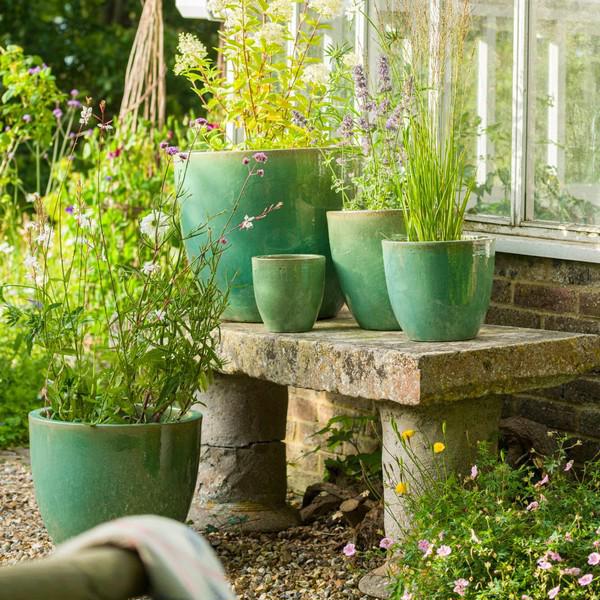
These pots are made with drainage holes, frost and UV resistance, and each is hand-finished using eco-friendly materials. Their durability makes them especially reliable for overwintering bulbs outdoors.
Be as Ready as You Can Be for Spring
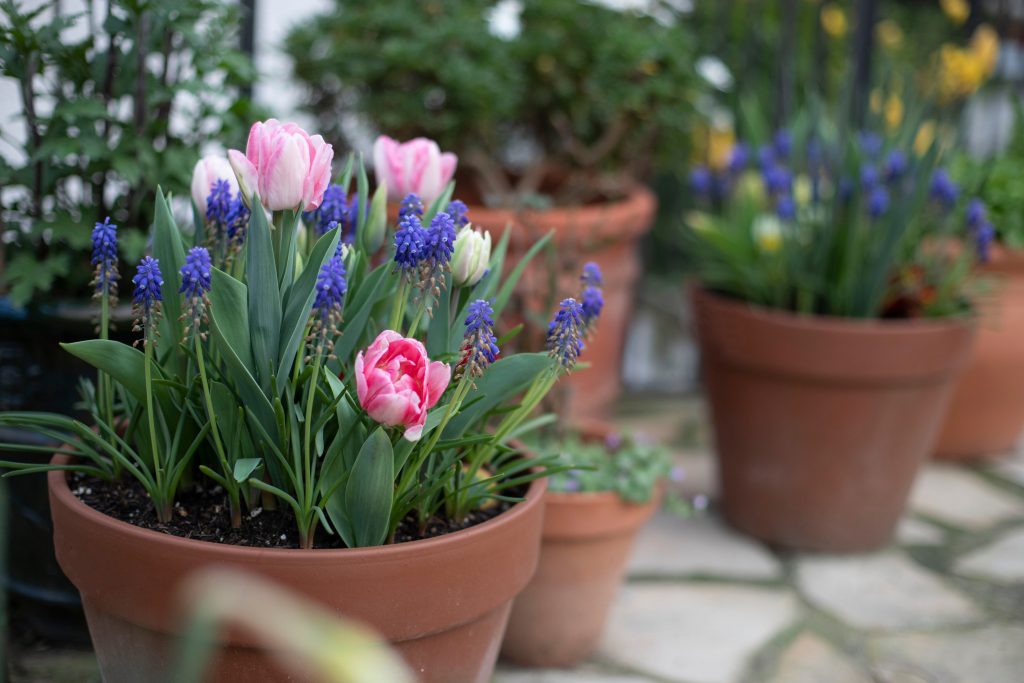
October is the moment to plant bulbs for a bright and welcoming spring. Alongside our glazed egg pots, we also offer clayfibre, terracotta, corten steel, and stone planters, among many others, so, whatever your design, there’s always a pot to match. Start your autumn planting now for a garden that bursts into life next year.

